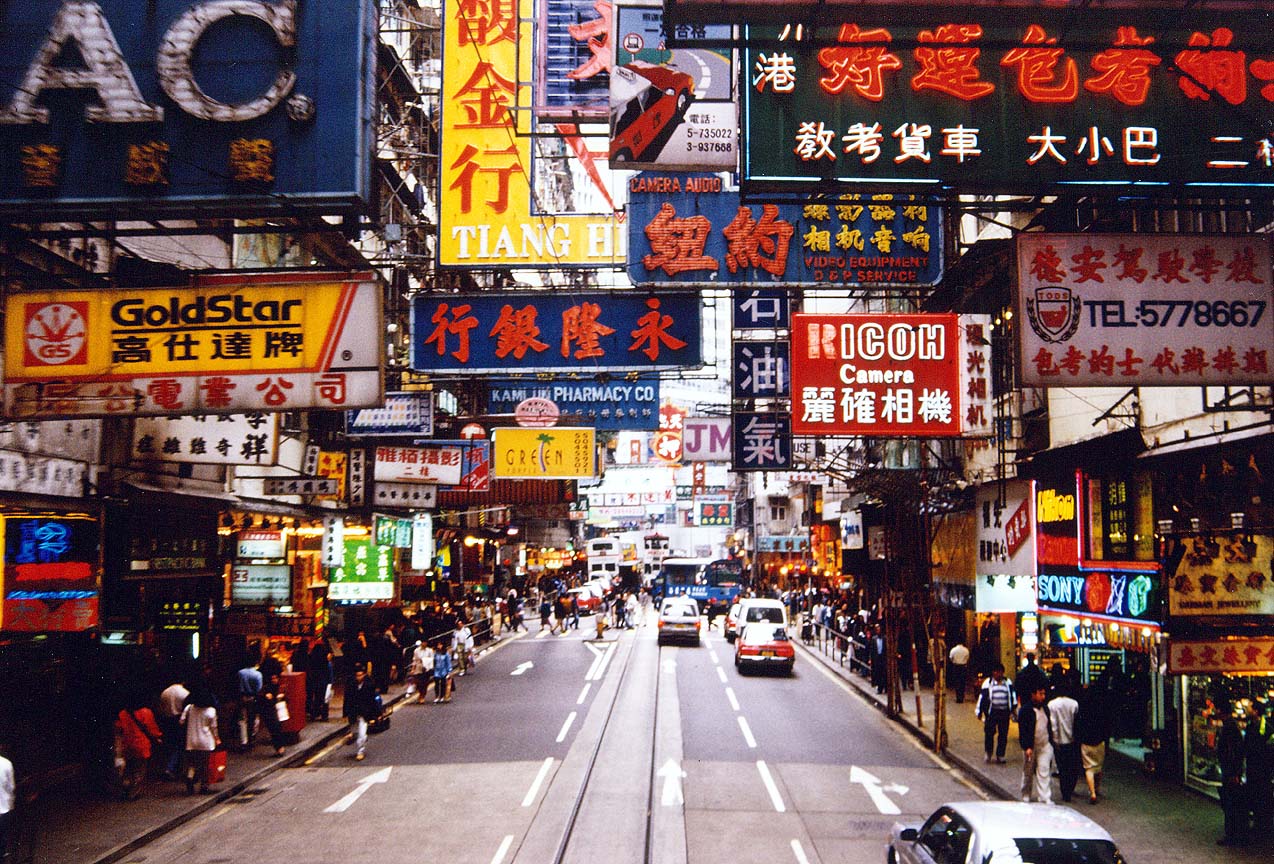Another response to a David
Maister (
www.davidmaister.com/blog) query which too k me into thoughts i had never had--
If we look at it as sequence of events in the life of a company before a virtuous cycle sets in reinforcing each element-- I would say a business gets created by identifying a need i.e. customers in the market. It then becomes a company when a set of like minded people come and stay together around that need (although it could happen the other way round also with a group of like minded people figuring out a business to be in a la Sony) so shared values (or culture) keeps these people together... and this can become an enduring company if it looks at its business with a sense of contribution i.e. a purpose beyond making money. And it will become a
visionary company if it develops a strong sense of direction early on in its life rather than being subject to environmental forces and opportunistic behavior.
In my consulting I have tried to study most of my clients with the Built to Last framework where Vision is a combination of values, purpose and a long term goal.
What I have found most often is the presence of a value system which is the glue keeping it all together. What is most often lacking is a sense of purpose and direction.
The growing Indian economy keeps this virtuous cycle in place and the core team sticks together trying out every new opportunity that comes up in the environment but there is no real sense of strategy and trade-offs that seems to exist.
One hypothesis I have is that most strategic calls get taken by a sense of identity that the management has of itself (this is our kind of opportunity and that is not) rather than any serious analysis of market opportunity or competencies (they come into play only when they desire excellence which is very often not the case). So, if as a consultant I can help clients become more self-aware by putting them in touch with their core values then an entity may emerge over a period of time that is differentiated in the market by what we call organizational culture.
One may wish to give them a long-term strategy articulating in great detail on a quarterly basis what they should be doing..however it is likely to get thrown out of the window the moment first unpredictable event takes place in the
environment. And environment is only getting more unpredictable.
So, for an established organization I would focus most on discovering core values and illustrating it with actions/
trade offs/rules etc.
for a new
start up, i would focus on understanding the nature of the market opportunity.
Ultimately, it is all about finding, articulating and sharpening a difference you can preserve and at various
life stages of a company, these would be my priorities.
 Taking the discussion on corporate brands and their communication solution further I want to talk about the notion of the Branding Idea. Stephen King mentioned it first but I haven't seen much understanding of this concept beyond that. When the brand is the corporation, it needs more than advertising, a visual metaphor that can not only go across a host of media vehicles but also captures the identity of the organization in a well understood metaphor. Probably the ML Bull and the Singapore girl are the best recognized examples of such an approach, not to forget our very own Maharaja. They all capture the personality of a service brand and serve as a guideline for all frontline staff.
Taking the discussion on corporate brands and their communication solution further I want to talk about the notion of the Branding Idea. Stephen King mentioned it first but I haven't seen much understanding of this concept beyond that. When the brand is the corporation, it needs more than advertising, a visual metaphor that can not only go across a host of media vehicles but also captures the identity of the organization in a well understood metaphor. Probably the ML Bull and the Singapore girl are the best recognized examples of such an approach, not to forget our very own Maharaja. They all capture the personality of a service brand and serve as a guideline for all frontline staff. participatory democracy while the
participatory democracy while the  VoteIndia idea is about political reforms. I see the LeadIndia logo drawing heavily from this idea that was developed by my creative colleagues about 3 years ago.
VoteIndia idea is about political reforms. I see the LeadIndia logo drawing heavily from this idea that was developed by my creative colleagues about 3 years ago. 






























